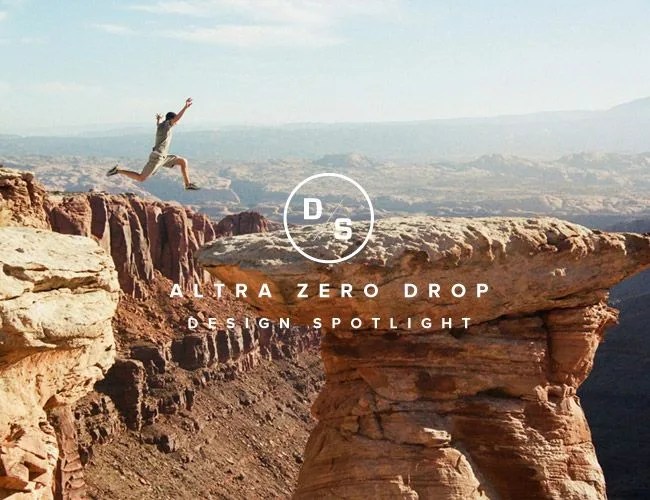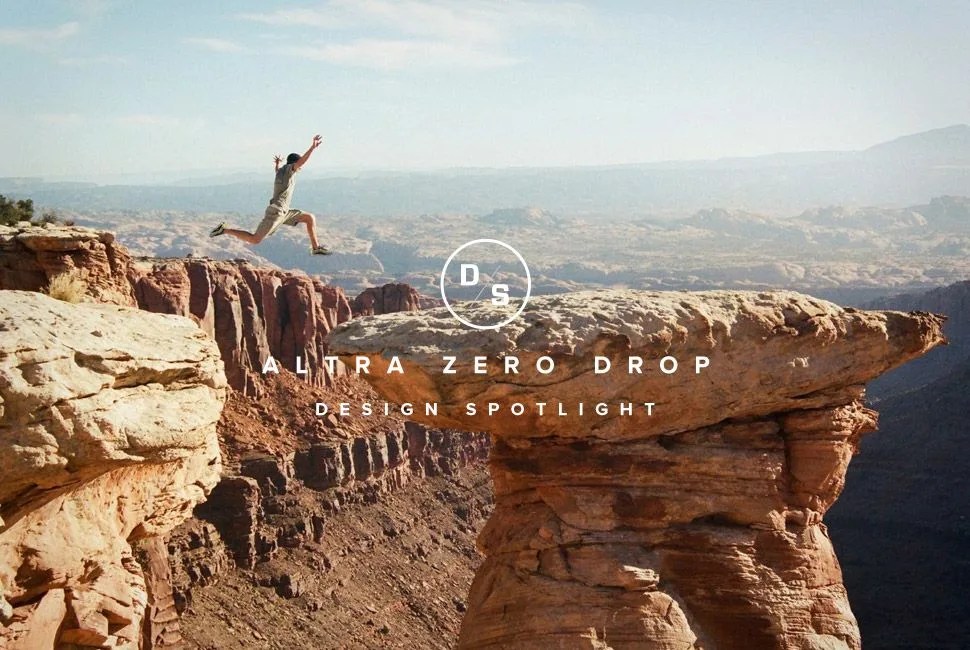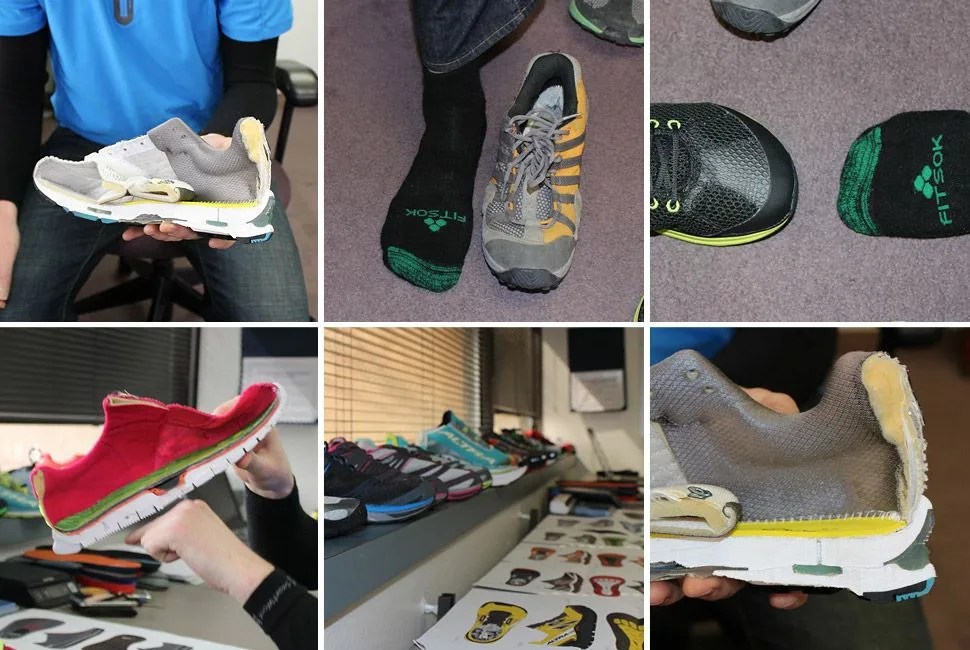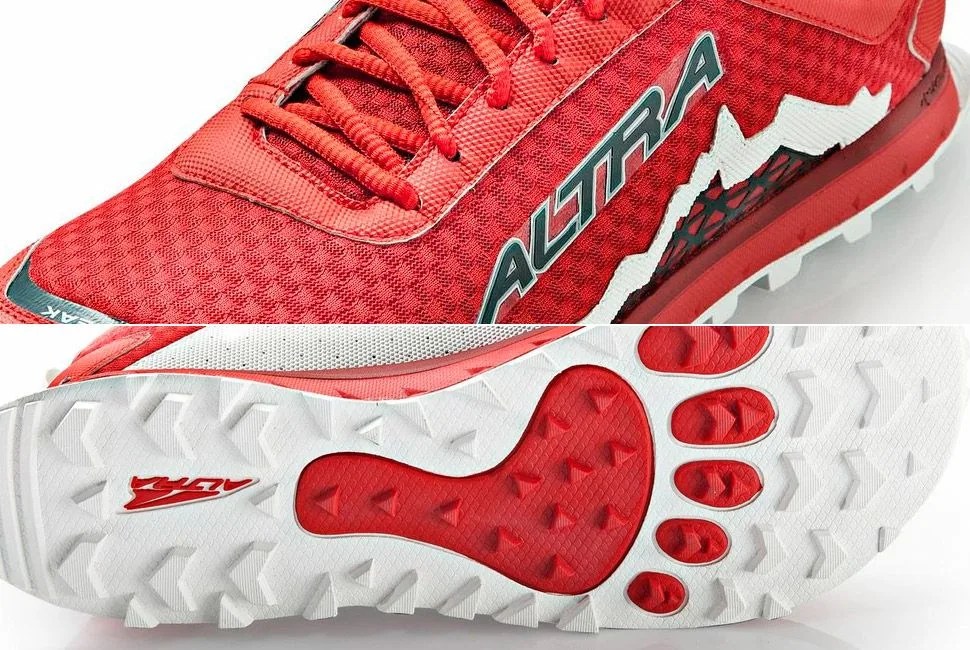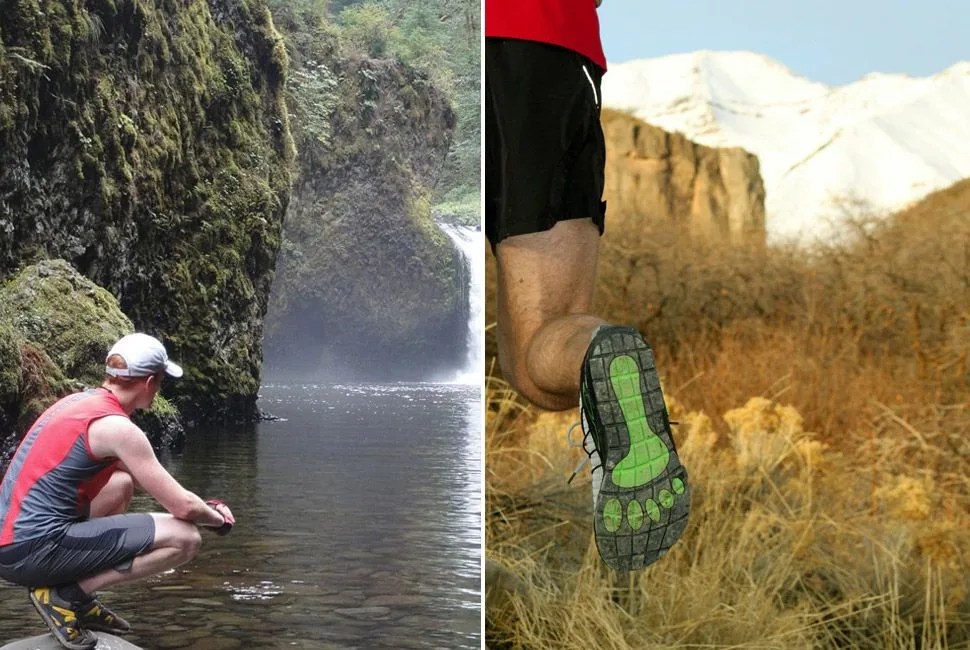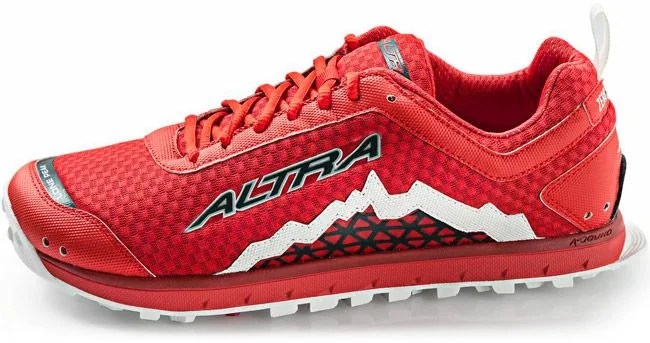4 photos
The vernacular of the running shoe industry has morphed in recent years. While we were out pounding pavement and burning trails, the polo-clad retailer who spoke of under- and overpronation (often interchangeably) has been replaced by a more sophisticated runner who uses terms like “minimalist”, “zero-drop” and “windlass effect”. New slang is good, but it can be confusing — and it doesn’t necessarily bring us closer to understanding what makes the perfect running shoe. To get a better grasp on what goes into running shoes today we spoke with Golden Harper, founder of Altra Zero Drop Footwear.
It turns out that perfect is different for every foot, though less shoe is increasingly part of the equation. From Vibram Five-Fingers (those creepy gorilla-toed shoes many CrossFitters try to wear for any occasion) to the New Balance Minimus line, minimal is becoming the standard. But what does that mean, and why is it better?
Harper’s research began humbly, cutting into running shoe soles and recombining them in a toaster oven in the back of Runner’s Corner, his father’s shoe store in Orem, Utah. A foundation for Altra’s footwear was born. Spending time analyzing customers running barefoot and then in their brand new shoes, he found that the mechanics of their stride broke down and their technique degraded as soon as they put their shoes on.
I had an epiphany one day, trailrunning. You never roll your ankle barefoot, it’s almost impossible. What if we had the foot be in the same position in the shoe that is in nature?” – Golden Harper
More research into the way a shoe’s sole is built revealed a troubling trend. Running shoes have three parts to the sole — the outer-, mid-, and insole. The midsole, where the cushioning foam is found, wasn’t uniform through any shoe from a major brand. The heels were more padded than at midfoot or the toes; conventional logic said more cushioning meant a decreased likelihood of injury. Harper decided to turn that idea on its head, and a zero-drop shoe — with a perfectly uniform midsole — was born.
Back to the drawing board, or hacksaw and toaster oven as it were. Harper set out to compare the effects of shaving the foam out of the heel of popular running shoes. Using himself and a few friends and employees as testers, he began to put some prototypes on the local roads and trails. Word got out among the local community that Harper had a secret formula to the injury-free shoe, and the one-time backroom operation started gaining momentum. Taking his ideas to some former Nike designers and venture capitalists, Altra transformed from a local niche group hacking shoes (with a toaster oven) to an established brand with shoes in production almost overnight.
